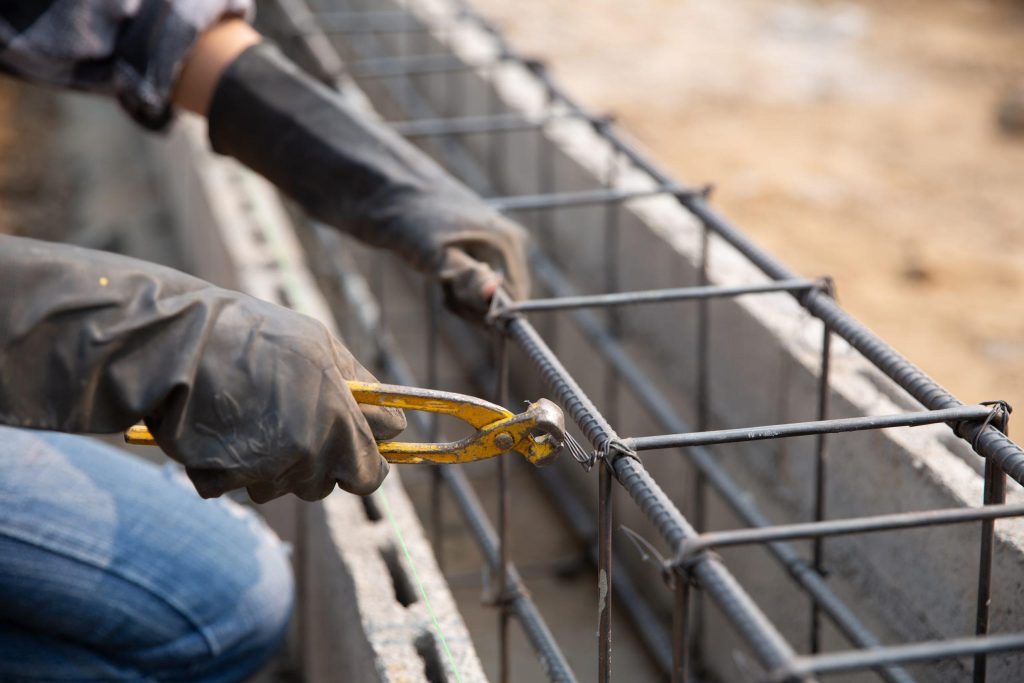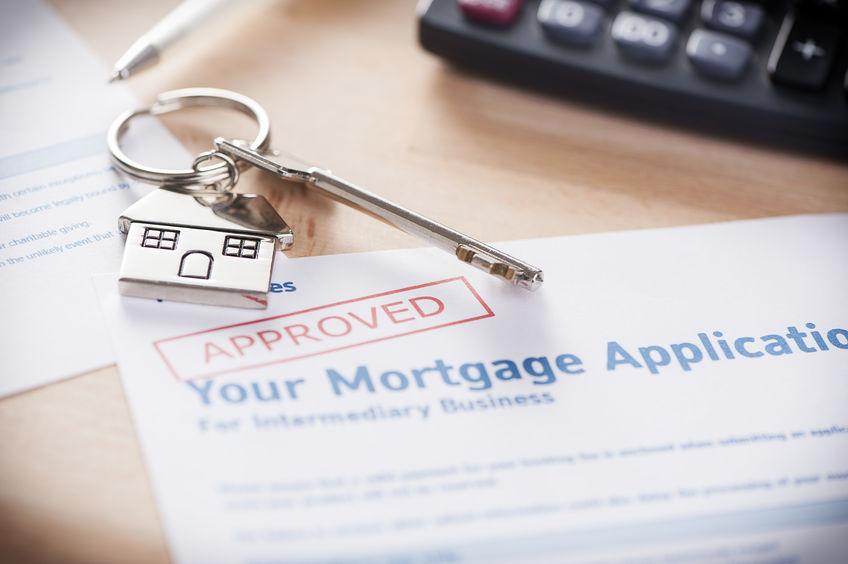A Guide to Landed vs High-Rise Properties

Finding the right residential property can be a daunting task – there are so many factors to consider. As to whether a landed or non-landed property is better, this is often a matter of personal preference. We have compiled a list of advantages of both property types to help you make a decision. The Advantages […]
Purchasing A Home: Available Schemes

“If you are in the process of actually buying a house, dreams about this can be your subconscious processing these actions in your waking life.” When purchasing a home, it is important to evaluate your household’s monthly income. This will assist you in determining whether or not you can afford the house you desire. Buying a house […]
The Blind Spots (Or Hidden Costs) When Buying A Home In Malaysia

The Blind Spots (Or Hidden Costs) When Buying A Home In Malaysia Is one of your new year resolutions for 2023 purchasing a house of your own? Pretty confident that you’ve done the math? We hate to be your party-pooper, but as much as we are proud of you making that leap in life, we […]
Property Maintenance Fee in Malaysia

Owners of strata property in Malaysia are required to pay a monthly property maintenance fee. These funds are utilised for the upkeep of common areas in the property. We will also find out why owners have to pay maintenance fees and how it is calculated. When the term ‘strata’ was first introduced in Malaysia via […]
Housing loan checklist: Non-standard documents you need to know

Applying for a housing loan is a lengthier process for a self-employed or freelancer in Malaysia. However, it doesn’t necessarily mean it’s difficult, especially when you have all the non-standard documents ready! When it comes to personal finance, most freelancers in Malaysia might begrudge their civil servant friends and families. We all know how easy […]
Housing loan: How to apply as a first-time homebuyer in Malaysia

Looking to apply for a home loan in Malaysia? Here we’ve prepared a comprehensive and step-by-step guide on applying for housing loan in Malaysia. From understanding property and finance jargon, house loan calculator to learning about interest rate and credit score, we’ve compiled it all for you. Dreaming of a place you can call your […]
Perfection of Transfer and Perfection of Charge: Everything property buyers need to know!

These two documents are essential for the property ownership transfer process. We will take a look at the differences between the Perfection of Transfer and Perfection of Charge, the costs and the processes involved. Buying your first home can be a cumbersome process that involves numerous steps. In this article, we will talk about two […]
Bumi Lot: How to check its status and the reasoning behind different Bumi quota in each state
Despite the National Economic Policy or NEP turning 50 this year, many are still unfamiliar with Bumi Lot and how it can benefit them. Here, we unveil the important things to know when buying a Bumi Lot. As Malaysians, we all know about the New Economic Policy (NEP). The policy, which was adopted in 1971, […]
Budget 2022: 4 main property sector initiatives for Keluarga Malaysia

Local property developers are confident that the initiatives introduced in Budget 2022 will spur the country’s property industry and accelerate its recovery. This article was translated from Bajet 2022: 4 inisiatif utama sektor hartanah untuk Keluarga Malaysia by Ashraf Wahab. On 28 October 2021, Finance Minister YB Senator Tengku Datuk Seri Zafrul Tengku Abdul Aziz […]
Fahami konsep hibah. Bolehkah rumah yang masih bercagar dihibahkan?
Hibah hartanah bercagar atau Hibah Bersyarat Rumah Bercagar (HBRB) merupakan salah satu instrumen pilihan perancangan harta untuk mengelakkan perebutan harta pusaka di kemudian hari. Pembahagian harta pusaka sering menjadi permasalahan rumit sekiranya tidak dirancang dengan baik ketika anda masih hidup. Selain wang ringgit, rumah juga merupakan aset yang sering menjadi rebutan dalam kalangan waris si […]


